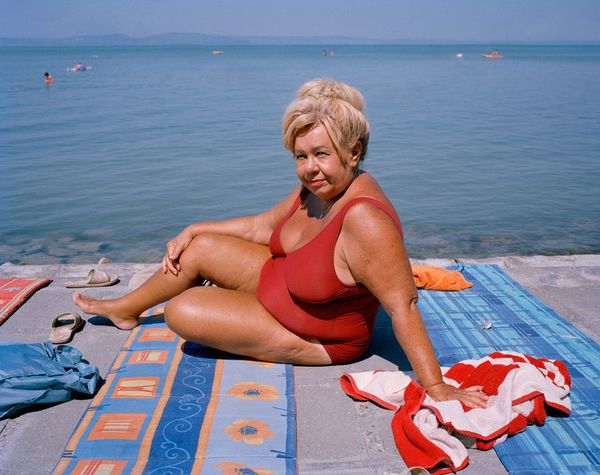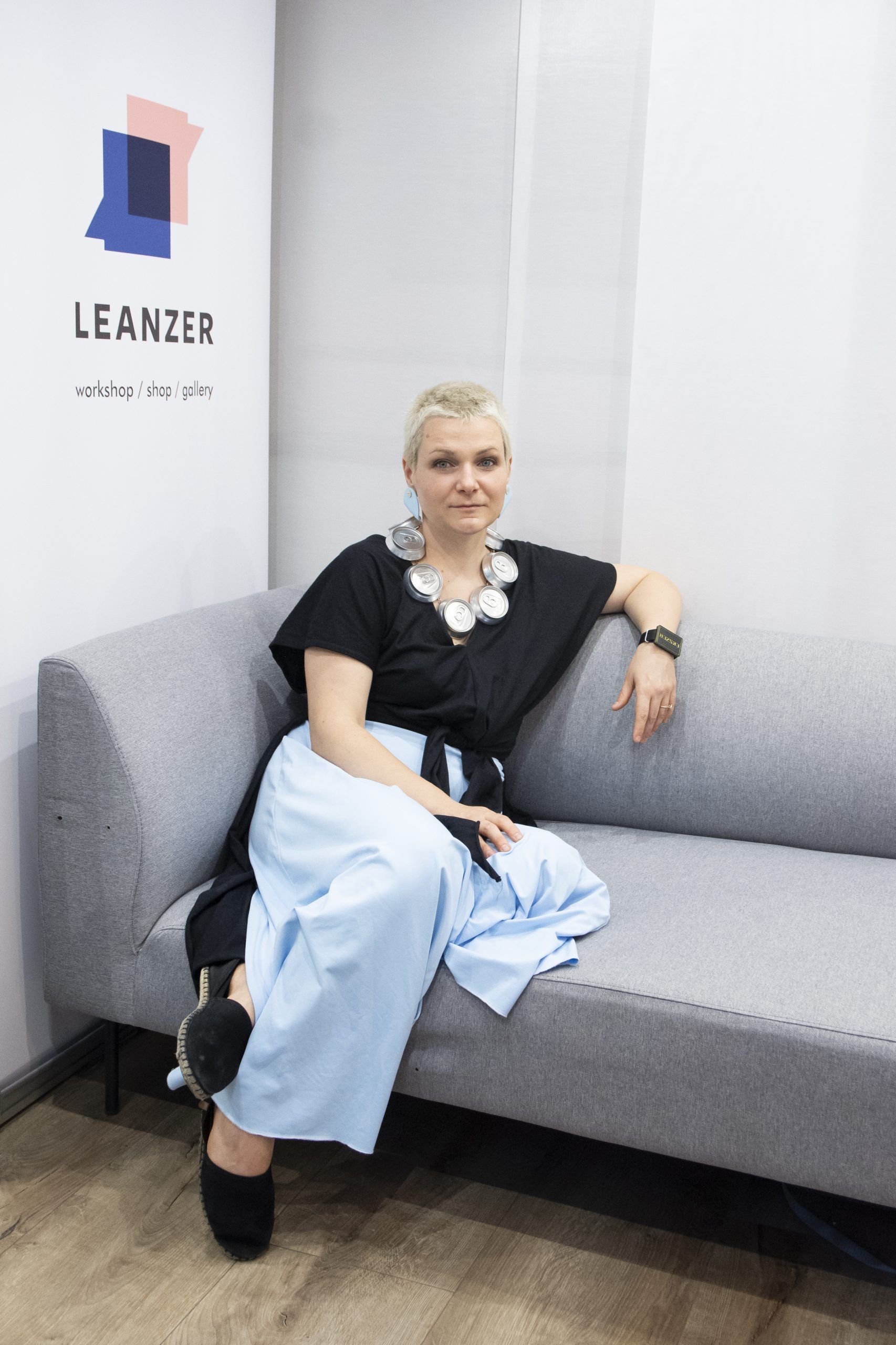For Anna Börcsök, jewelry designer, jewelry is not just an object, but a medium that can connect people. She herself does not shy away from asking uncomfortable questions through a piece of jewelry. Most recently, for example, she decided to use cans as the basic material for her jewelry. Interview!
For your latest jewelry, you have used all kinds of cans—these pieces will be on display for a closer look at the exhibition “OUT OF THE BOX—A megismerés határa (The frontier of cognition—free translation)“ at the workshop of Leanzer Newcraft. Can you tell us about this collection: where did the idea come from and what underlying meaning can be read from these objects?
Earlier this year, I read Paul Auster’s novel “In the Country of Last Things”, which had a strong impact on me, especially because the pandemic brought a dark and anxious time to everyday life. It left me with many questions. What are the objects that stay afloat in an apocalyptic, gloomy period? What are the objects that preserve the moments that never came, the imprints of a once better world, when everything was still all right? What object expresses the crossing of the boundary between two unknown things? I am trying to find the moment that still holds the possibility.
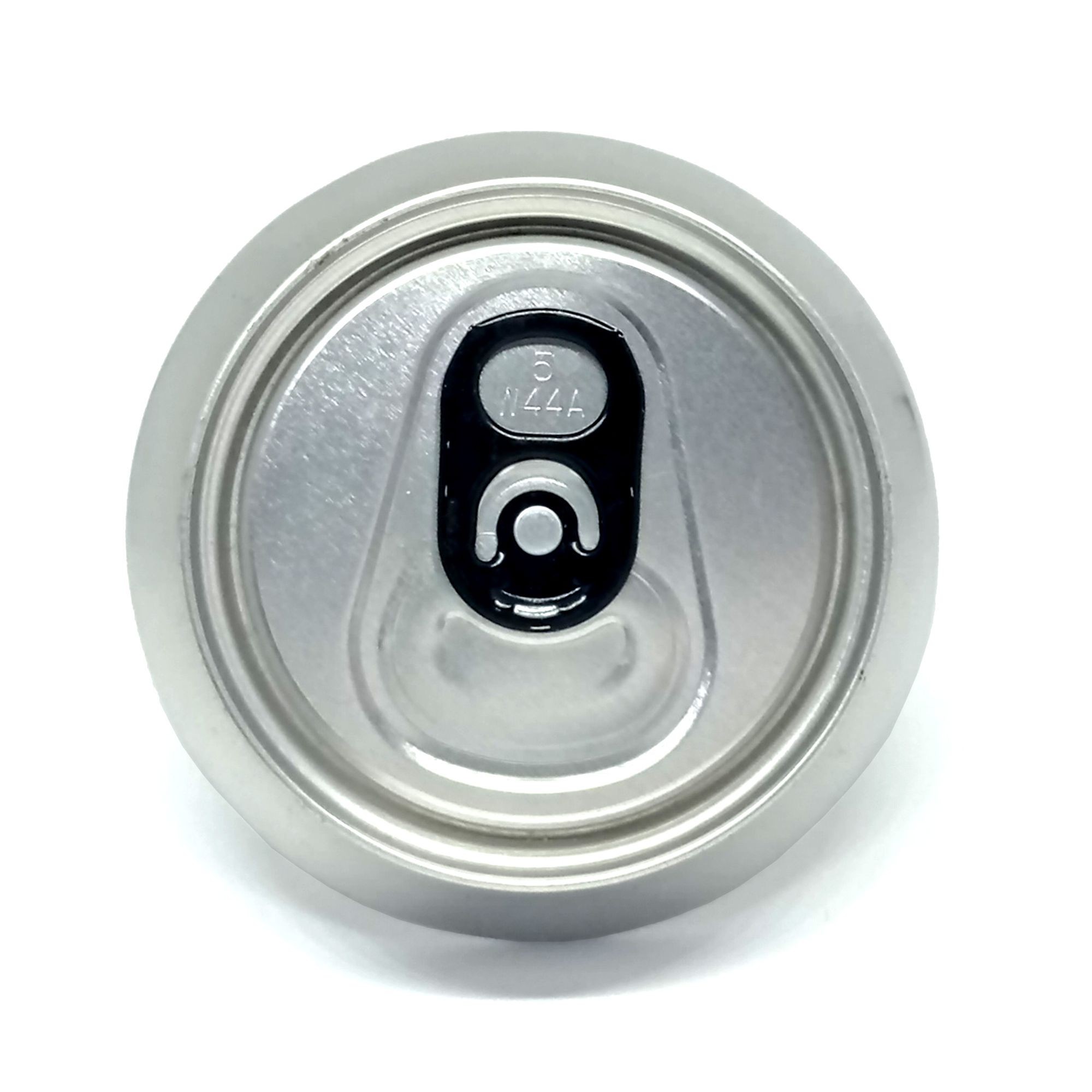
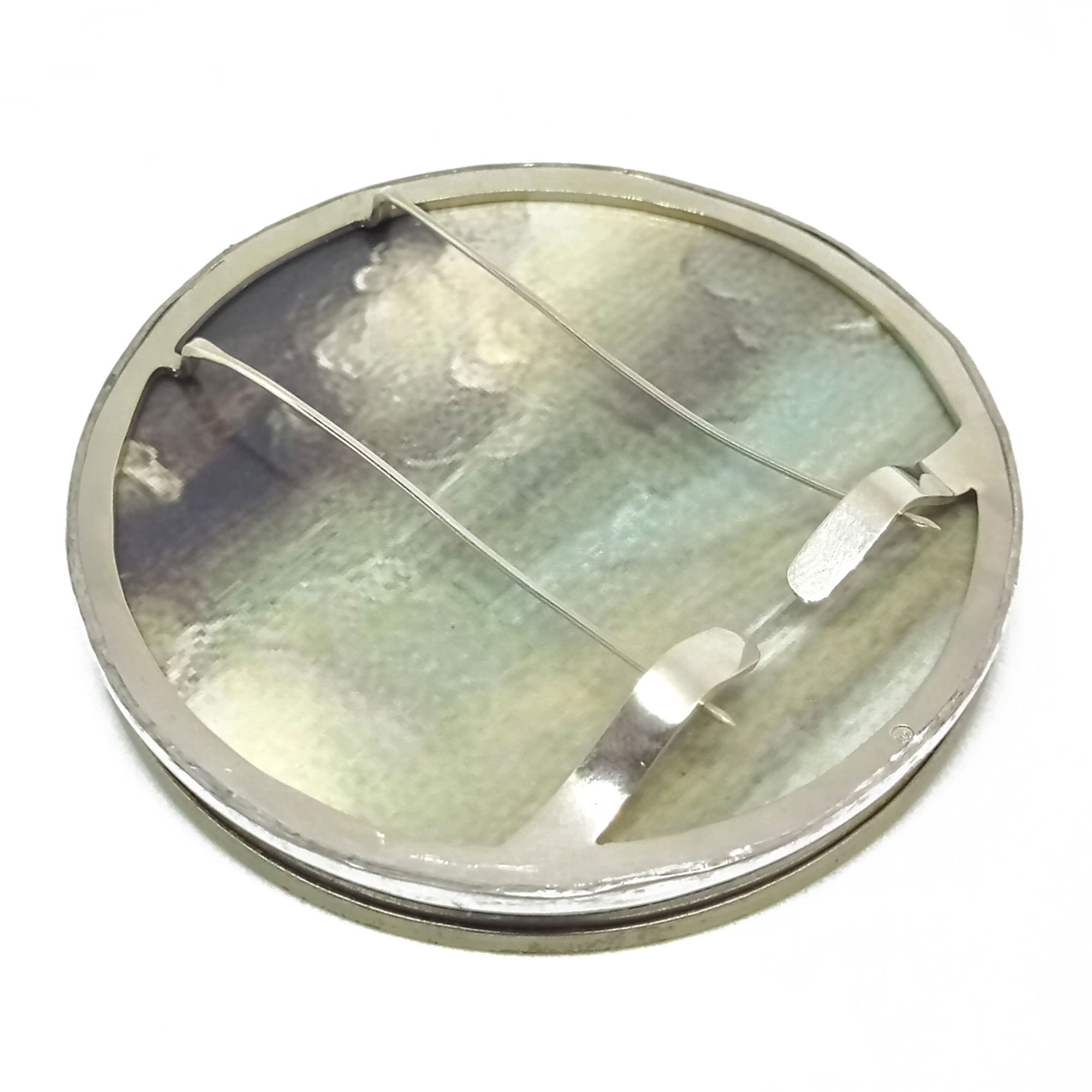
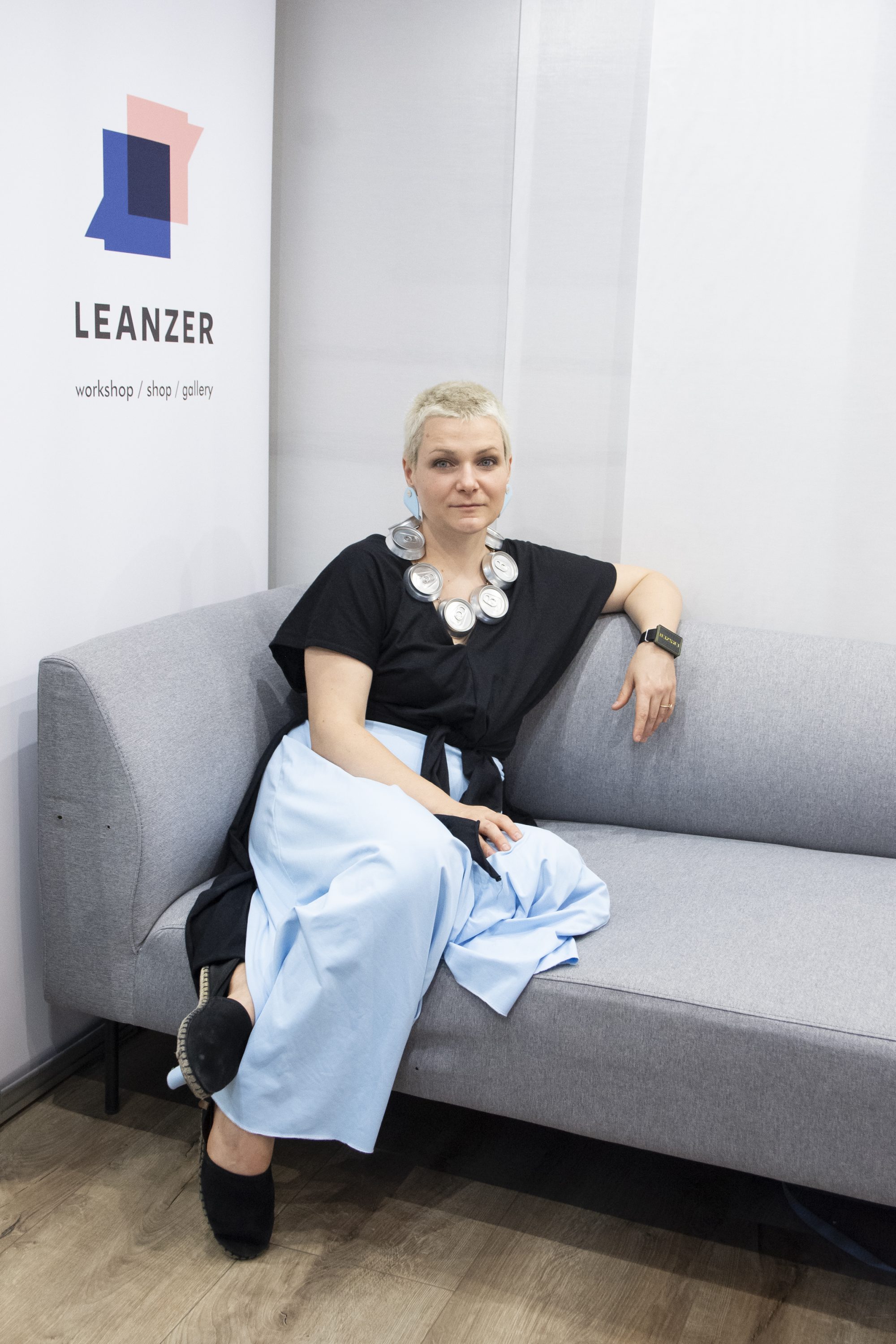
That’s how I ended up with the unopened boxes, the tub stopper, the filters, scratch cards. These unused objects represent tension—a border between two things. Most of the time we don’t even notice their presence.
After a lot of experimentation, for the exhibition, I decided to use only boxes and unopened can tops that contained food. They are symbols of our consumer culture, important only until we choose the right one on the shelves of the shops, the moment of pleasure of the day. I give new meaning to these worn-out boxes by making them into jewelry, giving them a new life, turning them into symbols.
I filled each box with new content: I took a seemingly insignificant detail from a famous old painting and placed it on the back of the jewel. In this way, the mass-produced dozen becomes an object of distinction: a curious object with many associations, reflecting on the present.
Our smart devices give us constant access to all kinds of information. We consume the products of culture indiscriminately and without selection—there is not enough time to understand, to pause for a moment.
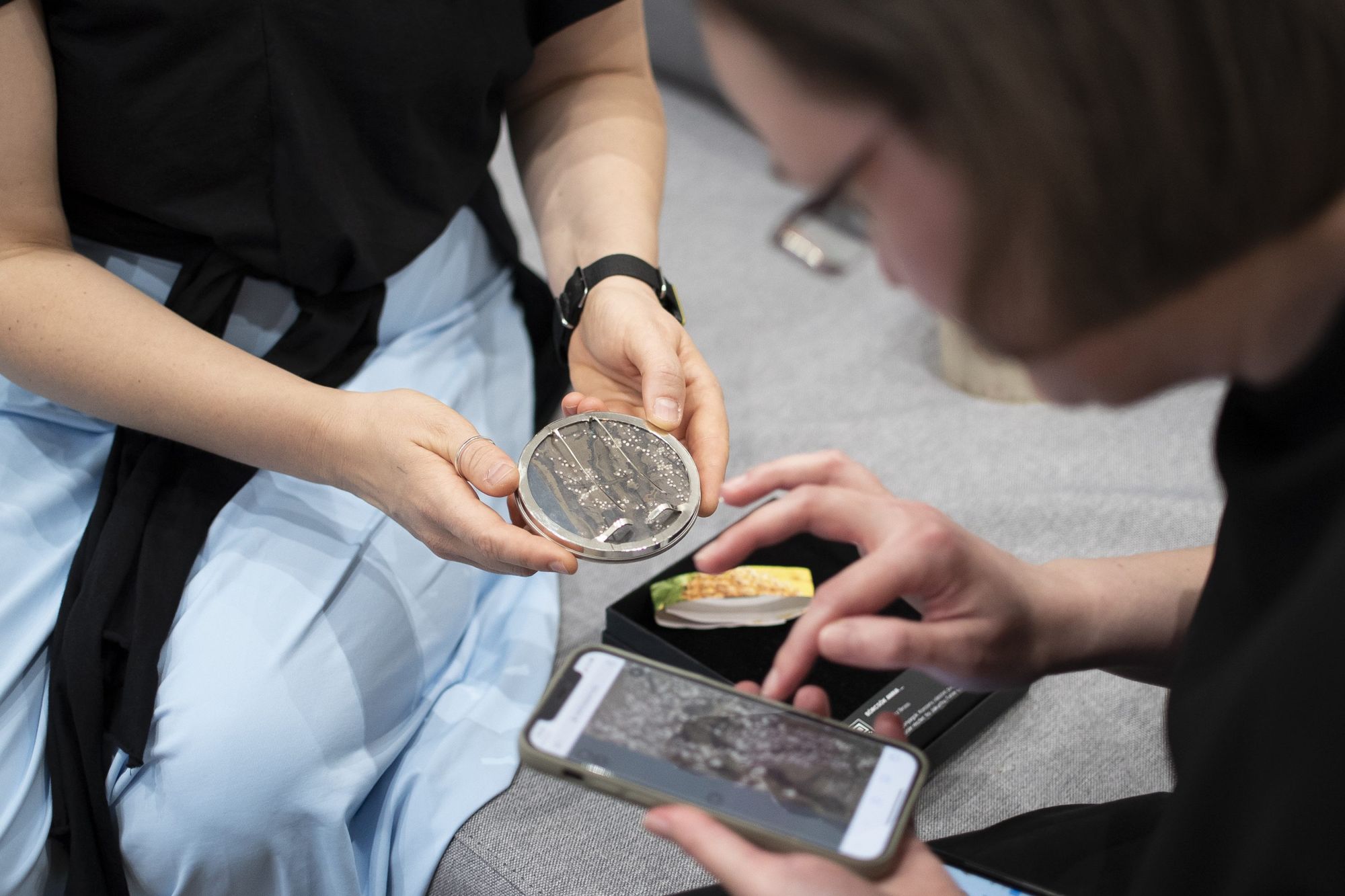
Installation is an integral part of the objects. In the exhibition, I assigned a QR code to each object, so that viewers could access the image on their phone, in high resolution. The viewer can then become part of the event, part of the moment. A familiar situation becomes present again.
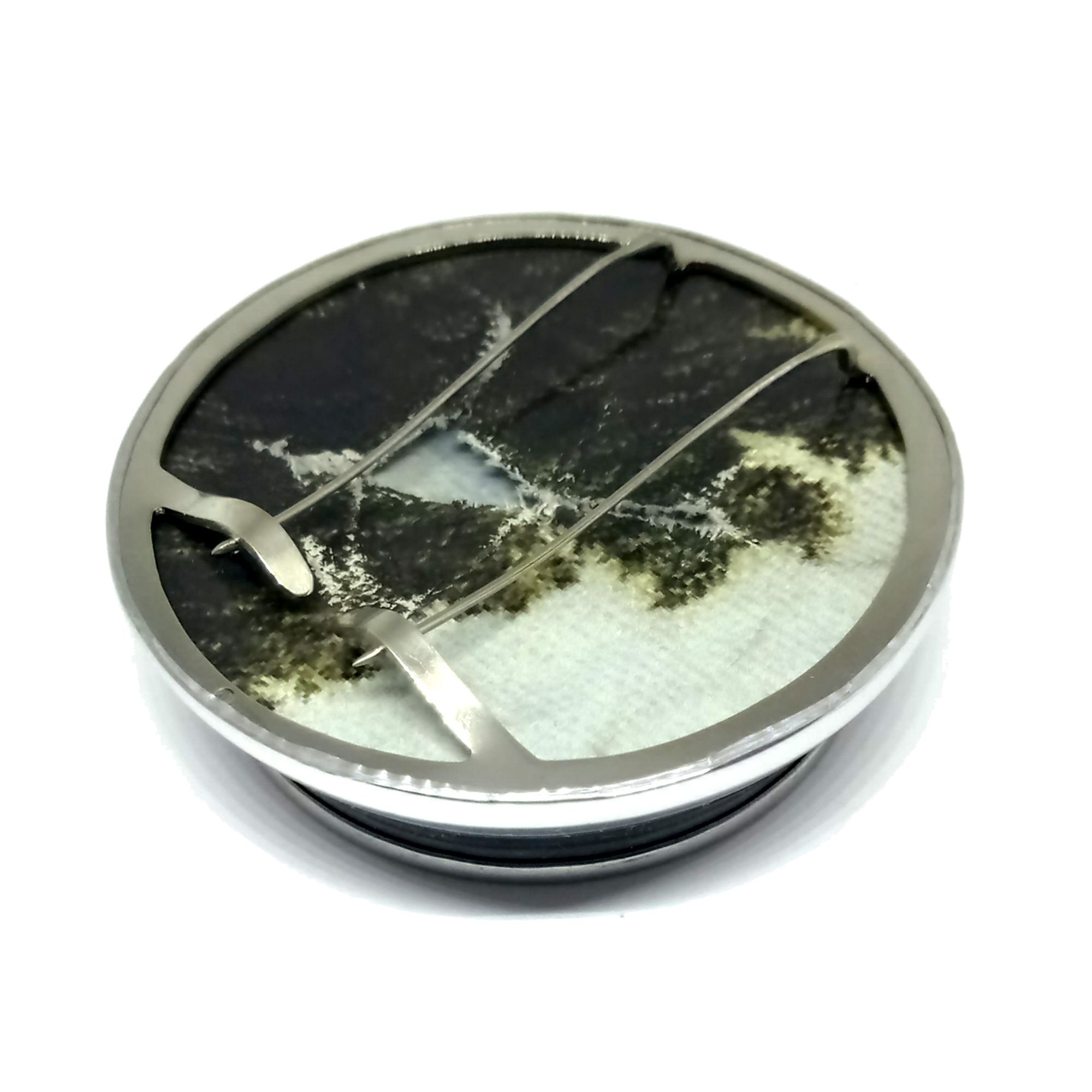
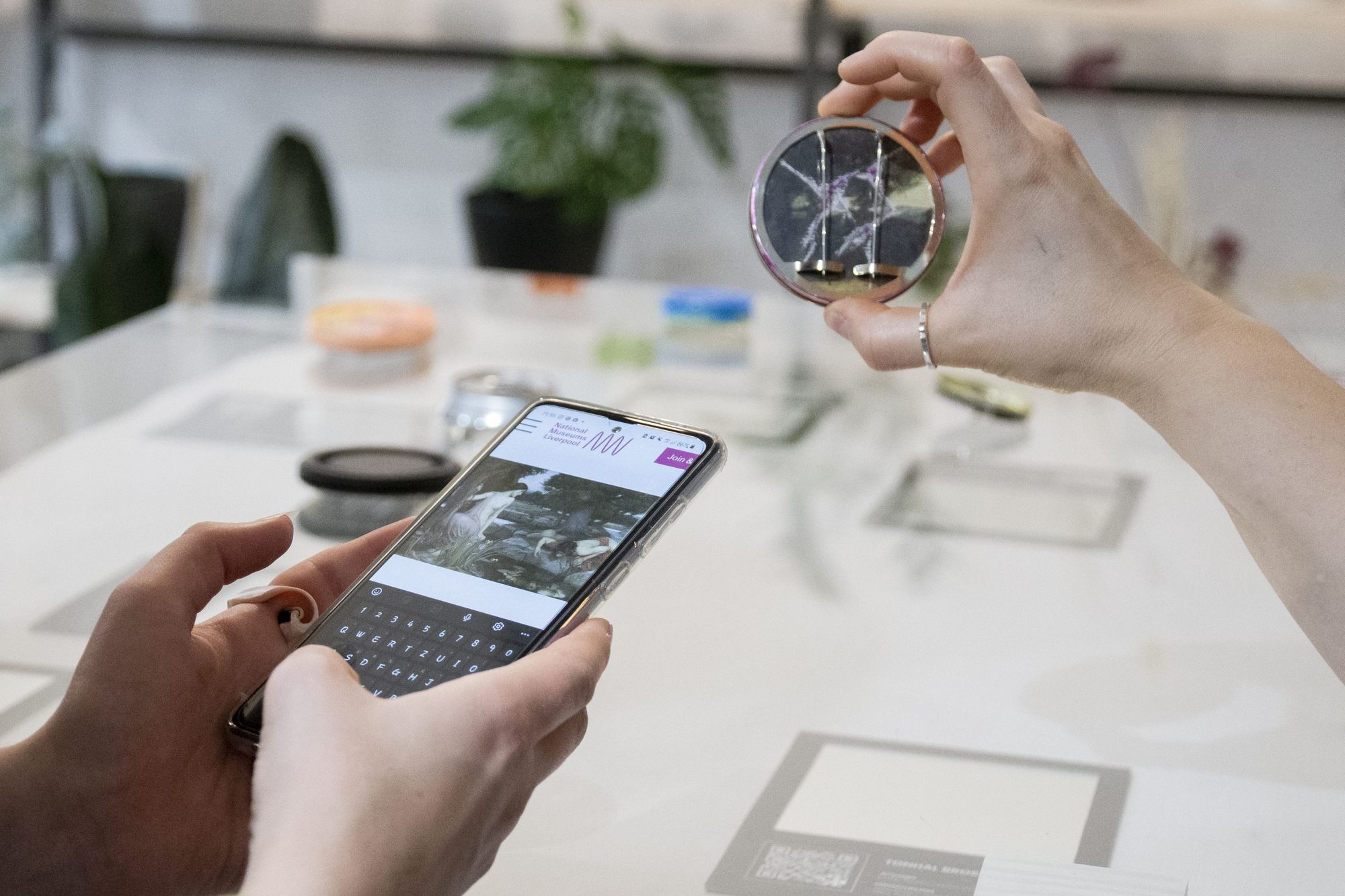
In your collection called “Emlékszer” (keepsake jewelry—free translation)—which was also your masterpiece in 2013—you have created a variety of stainless steel frames. This jewelry was designed to allow the wearer to place in them a small or large memento that was important to them, be it a Kinder Surprise figure, a marble, or a pine cone. Thus, you basically gave the wearer a set of tools to choose the personal object that best expressed him or herself. Do you think the public can be engaged in this way, or is it still more popular to have “pre-made”, “ready-made” jewelry?
My experience is that audiences are difficult to engage. We’re used to getting things ready and quickly. When we have to do the work to get a product ready, to get it right for us, we tend to get confused, our own insecurities come to the fore: is what I think or do right?
I sold most of the items from my diploma collection filled with my own memories. The ready-made “keepsake jewelry” that you can relate to carries a different message. Jewelry is a form of communication: what can I identify with at that moment? What is it that catches my attention and awakens desire?
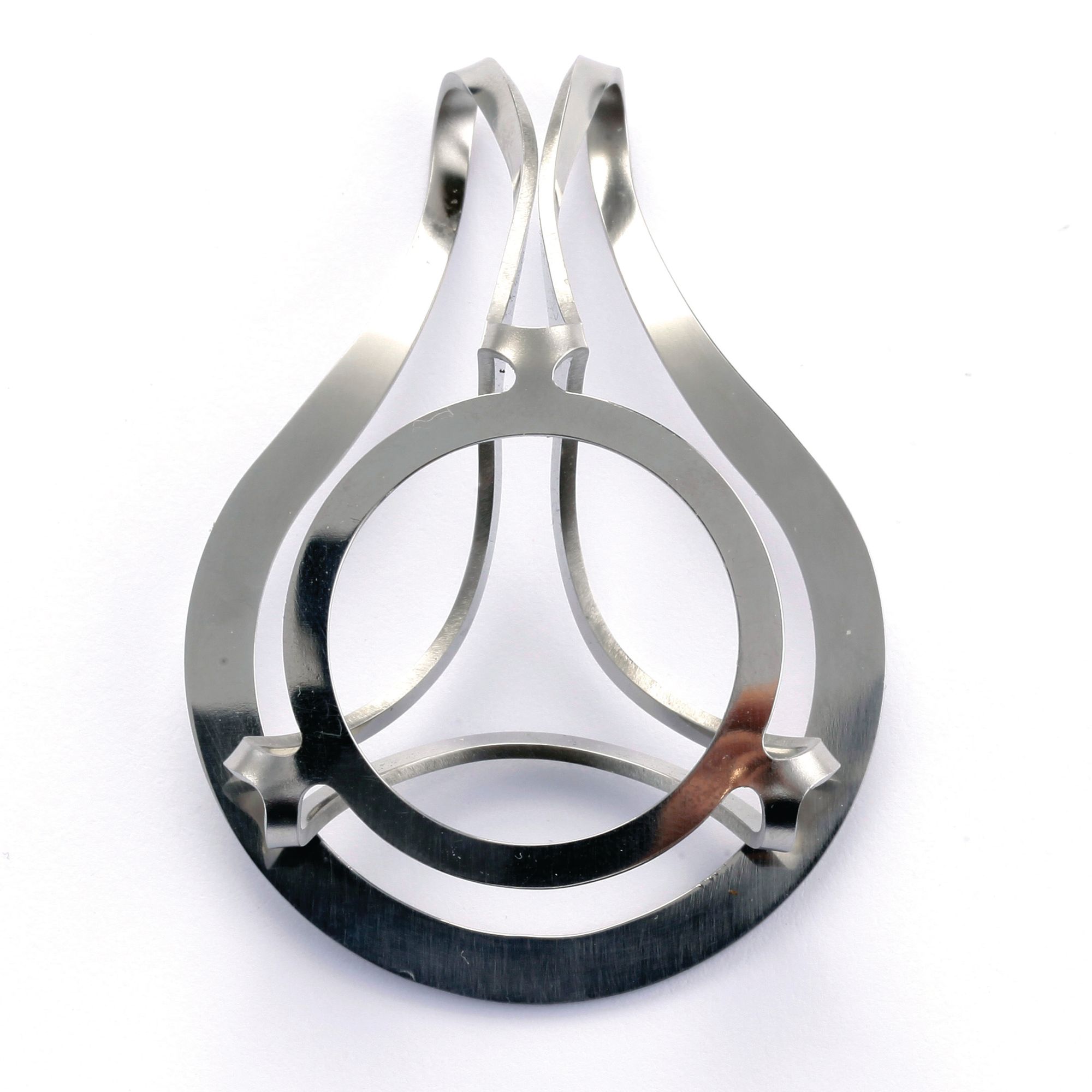
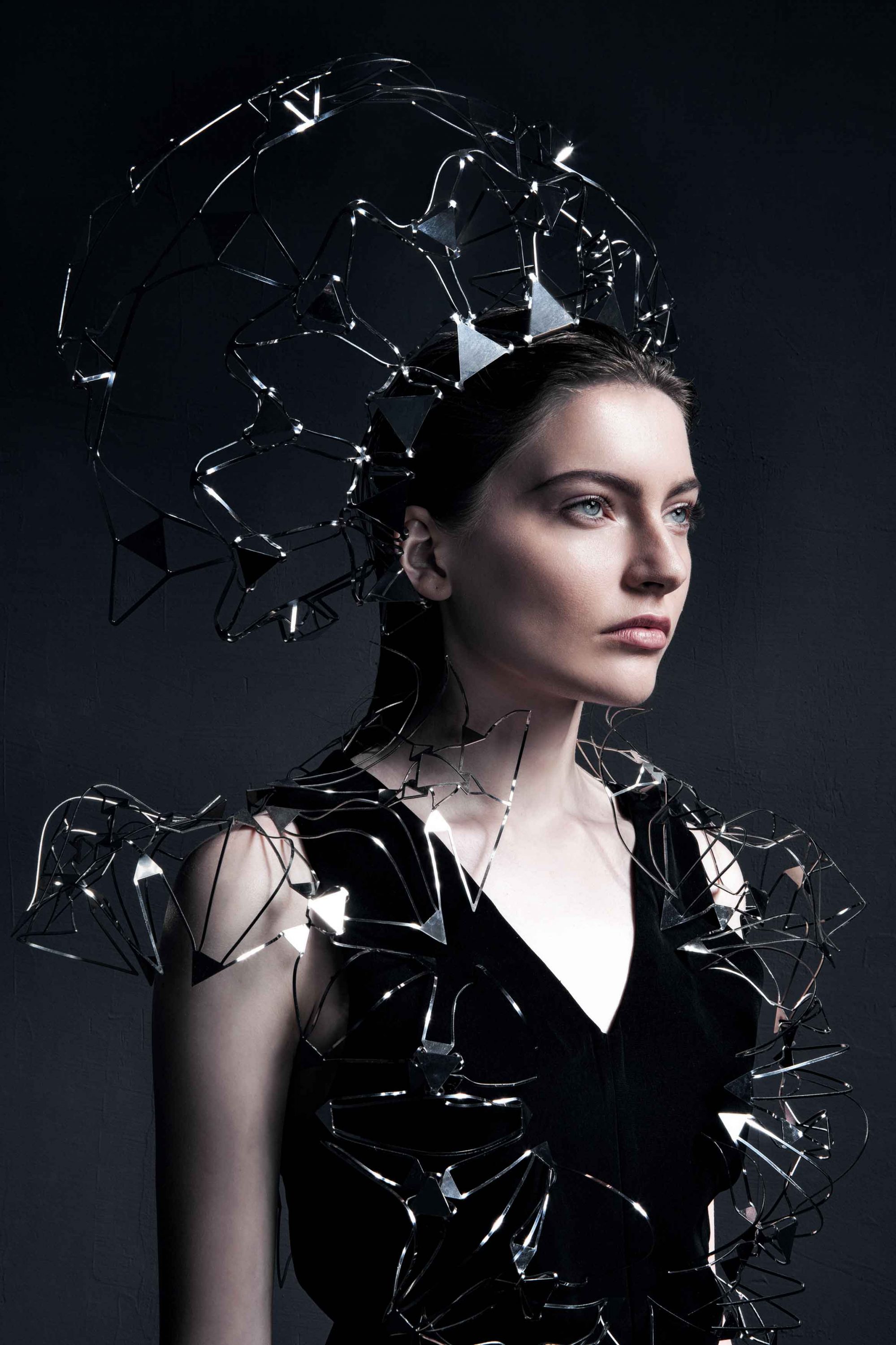
I used to try to find a frame or a new drawer for discarded, abandoned memories—now I’m making new “memory keepers”. I am interested in the narrative meanings inherent in the material of the object. The contents that are worthy of becoming jewelry.
It is no coincidence, then, that you chose narrative contemporary jewelry as the subject of your ongoing graduate research. What is there to know about narrative jewelry in general? What qualities should such jewelry have in order to tell a story?
Contemporary narrative jewelry is a new concept introduced to the public by jeweler Jack Cunningham. It is a bit like the insect-bug analogy. There were always narrative objects, we just thought about them differently or didn’t talk about them. It is the actors (maker—wearer—viewer) at the time that play a role in the creation of the jewel. An important element is the moment when the generating object becomes visible. In this equation, the jewel is the starting point that initiates the communication that hides secrets to be deciphered—the secret that makes us think, that induces change within us.
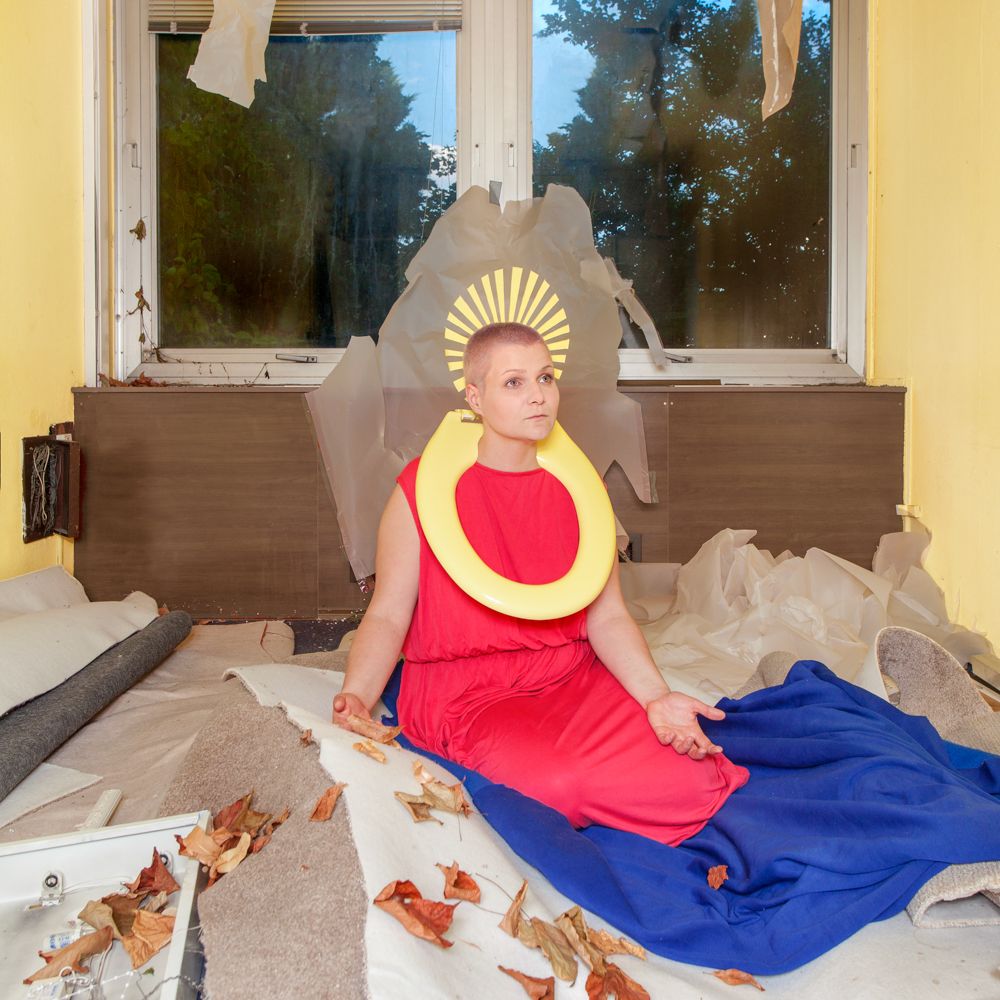
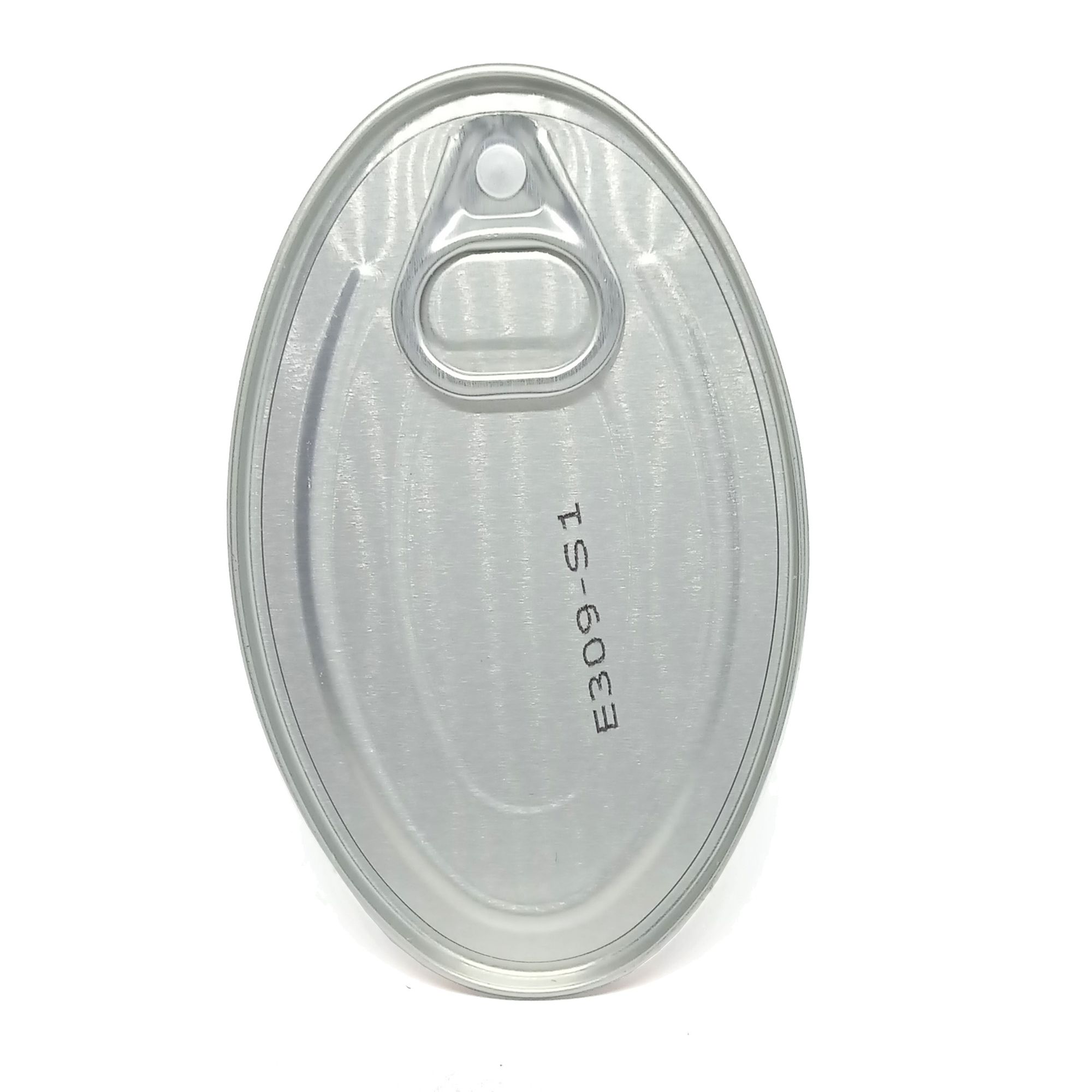
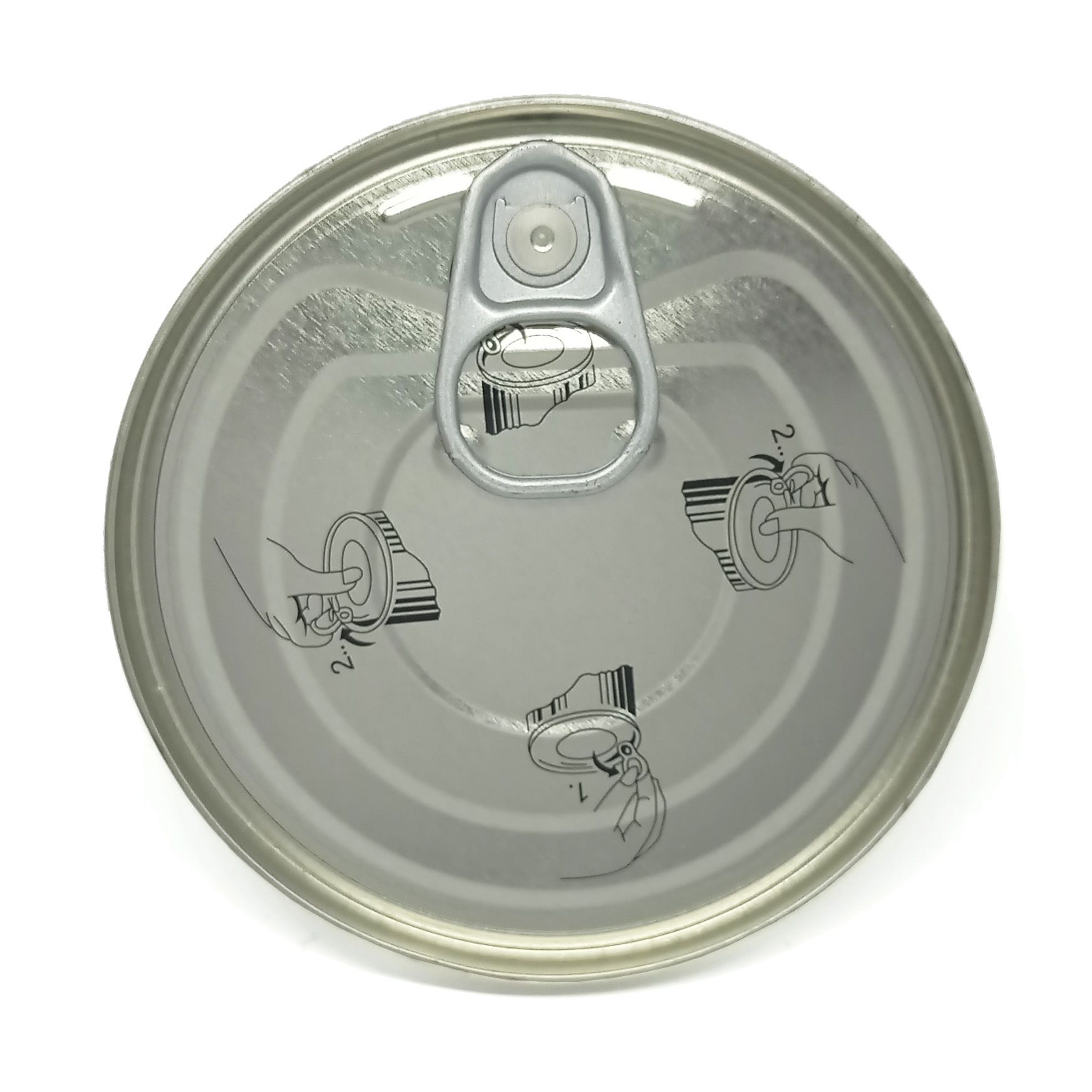
I feel that you are constantly pushing the limits in each of your collections, or what I’m even more sure of: these are jewels that you can’t pass by without saying something. For you, what is the most exciting thing about jewelry design: the material, the technique, the thoughtfulness, or all of these at once?
The combination of all these. The concept of jewelry fascinates me every day. For me, it is a form of expression that provides the perfect platform to communicate thoughts or even ask sensitive, uncomfortable questions to break down the barrier between you and me.
The “OUT OF THE BOX” exhibition will be on display at Leanzer Newcraft until 24 September (there will also be a finissage that evening, details on the Facebook event).
Photos: Eszter Asszonyi, Anna Börcsök
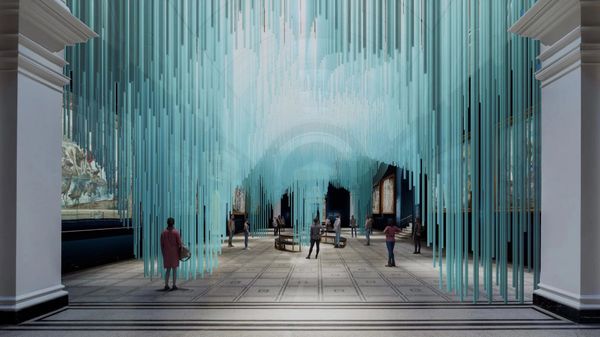
Sou Fujimoto unveils virtual installation in London
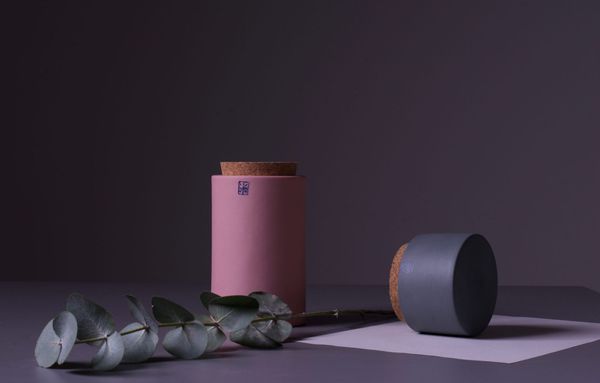
Finnish and Hungarian ceramic artists present their work at the Kiscell Museum
